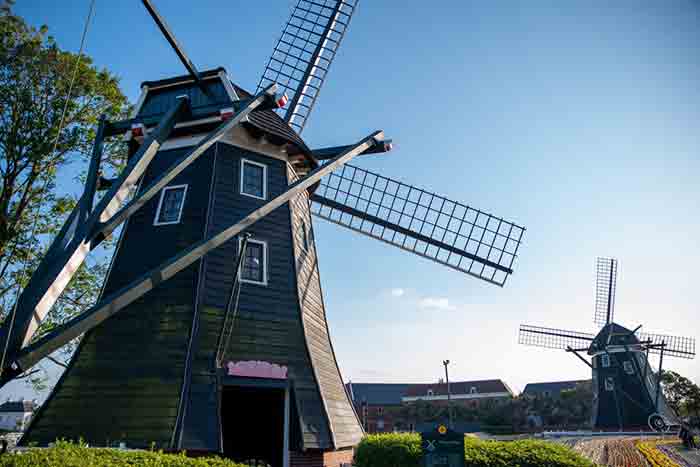Mill liners are often overlooked by manufacturers. They are an essential part of many processes, but they often get little attention in the design phase. We explain what they are and why they’re important.
How Do Mill Liners Work?

A mill liner is like a large screen through which the product flows in order to be stripped of uneven teeth and trash. They’re essentially small round screens that prevent problems with undesired materials in your process, but they also make it much easier for clean products to flow appropriately after passing through them. Manufacturers can use these effectively in their processes: separation of unusable particles from the desired product; control and customization of products (e.g., by using coal fines, Mill Liners wool and similar products); control and optimization of clean-up processes (e.g., by collecting unwanted materials in the form of dust or fines that would otherwise be ending up back in the process).
How Does Mill Liner Help Us To Solve Problems At Work?
If you open your eyes wide enough during your design days or while trying to design a new system, you’ll often notice that your whole road can be paved with good intentions. If one flaw is overlooked or the impact of even just one element isn’t fully understood then functional failures and operational errors may result due to problems stemming from defects typically left unnoticed by operators and personnel during experimentation phases. This neglect happens quite frequently, Take safety issues as an example for this, safety flaws resulting in loss-of-product, injuries and severe costs are addressed inadequately during this stage. So, anticipating the possible repercussions is very important for success in almost all operations at some point or another.
What Are The Benefits Of Using A Mill Liner?

Mill liners (or fractionation beds) are also called ‘collectors’. Their main purpose is to assist in creating particle-free products by taking out impurities/weeds which hinder the flow of milled materials. But what exactly do mill camber liners serve for? A simple search on Google will reveal that these can help you avoid problems with trash removal, sieve cleaners and product filtering among others. In addition, these liners are ‘temperature-controlled’ processing systems.
How Long Does It Take To Install A Mill Liner?
Installation is very easy and low-cost. If you’re on location at a client site already, then there are some tools available for this purpose. See the Resources section for more information.
For ‘remote’ installations, all that’s needed is a V-belt to run through your mill or other machinery which you wish to liner. This belt has only one function – connecting two drums (or rolls). To install this drum set either permanently in one location at your quarry/mine site OR on travel belts both options will work great depending on what equipment you have available to connect with it (see the Resources section). For safety, it is important to use a cylinder coupling which clamps onto each drum set.
Conclusion
Now that you know what mill liners are, we hope you’ll be able to find a job that fits your needs. If you have any questions or comments about this blog post, please feel free to leave them in the comments section below. Thanks for reading!

